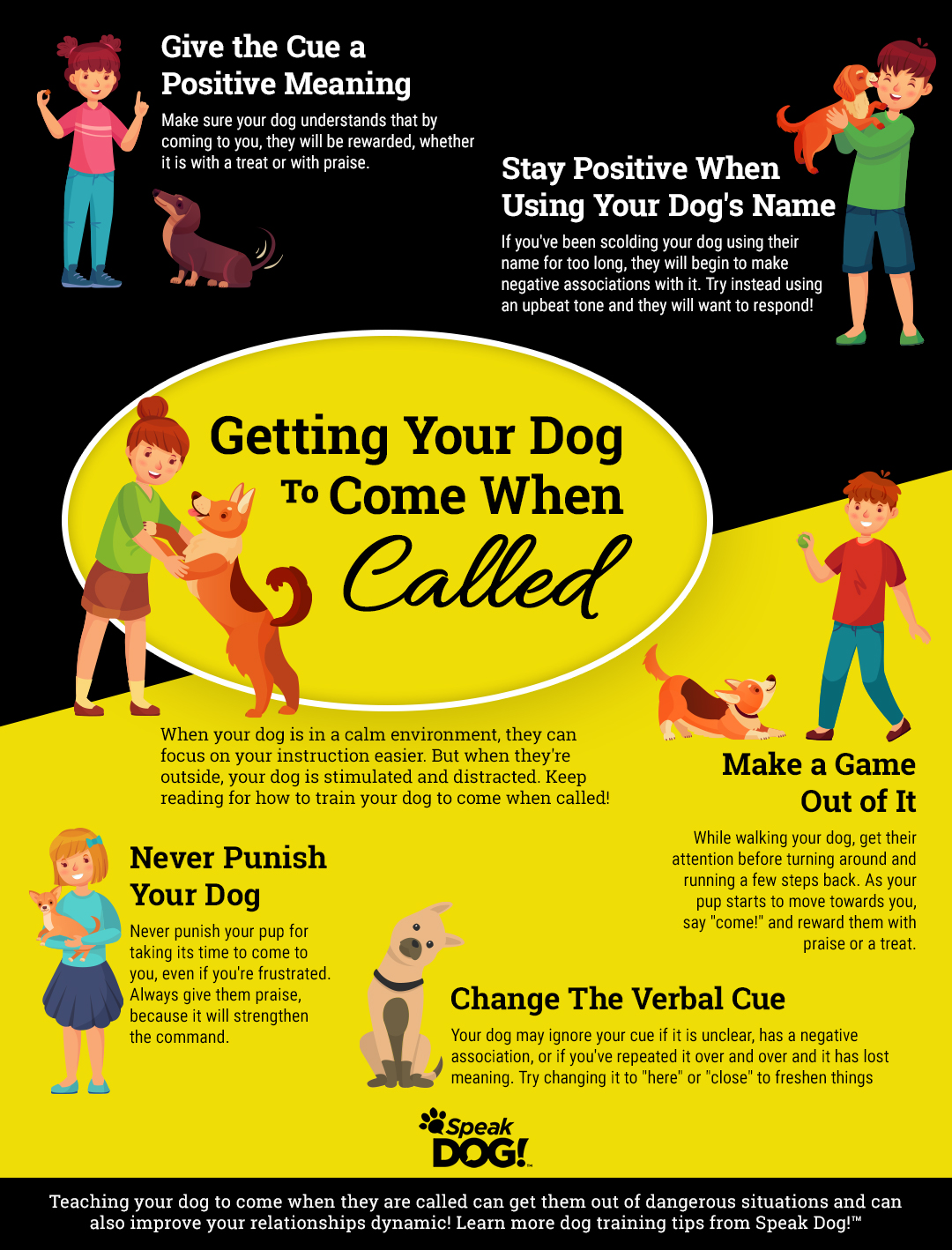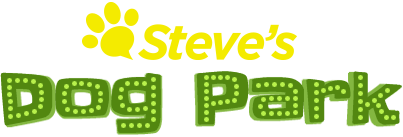Ask Steve: Coming When Called
Get Your Dog to Come When Called
Get Your Dog to Come When Called
When your dog is inside, it probably has better manners than when it’s outside. Inside is a calm environment where the dog can focus on your instruction, where outside is filled with stimuli that distract the dog from focusing on you and your instructions. If dogs see a squirrel out of the corner of their eye, it can be game over. What you want to avoid at all costs is your dog trying to run out in front of traffic, following a car that caught its attention. So before anything like that happens, subscribe to Speak Dog!™ and listen to Steve Lankfer guide you through the steps of how to get your dog to come when they are called. Learn how to speak dog with Speak Dog!™
Give the Cue a Positive Meaning
When you’re teaching your dog to come to you, remember to immediately praise when they’re on their way to you as well as when they arrive. Make sure your dog understands that by coming to you, they will be rewarded. You want to build the habit of them responding to you by giving them praise. If your dog does not come to you, or comes to you reluctantly, then you can work on this by practicing the come command while they are on a six food leash. Tell your dog to come to you by using an instructional tone, then rewarding them with a praise tone when they come to you successfully. Once you have that down, keep increasing the amount of space between you and your dog until you can stand a good length away and have confidence in the tone or your voice that your dog will come. This won’t happen overnight, but they will be motivated to keep doing it, especially if they know a praise will be waiting for them!
Stay Positive When Using Your Dog’s Name
If you’ve been scolding your dog too often when using their name for too long (“Spot, no!”), then they will begin to make negative associations with hearing their name. Instead when you call them using their name, make sure you are using an upbeat instruction tone and rewarding them with a praise tone when they respond by looking at you and coming to you. It can also be beneficial to use different words besides “come” if you are getting tired of it. It matters not what word you use or what language you are speaking in. What is important is the consistency of the tone that is delivered and its timing.
Remember, your dog doesn’t speak your language! We can, however, still communicate with them through effective, firm, and authoritative commands. It is necessary to create a supportive, loving, and trustworthy relationship with your dog. If you have an awesome relationship with your dog, but need some help with training them, then subscribe to Speak Dog!™ and watch Steve Lankfer help you speak to your dog on their level!


Join our canine community today!
Steve's Dog Place is the FREE place to talk about dogs, learn about their behavior, brag on your pet and more.
Make a pet profile
Share pics
Meet other dog lovers
Post canine questions
Earn Attaboy! Reward Points and more
